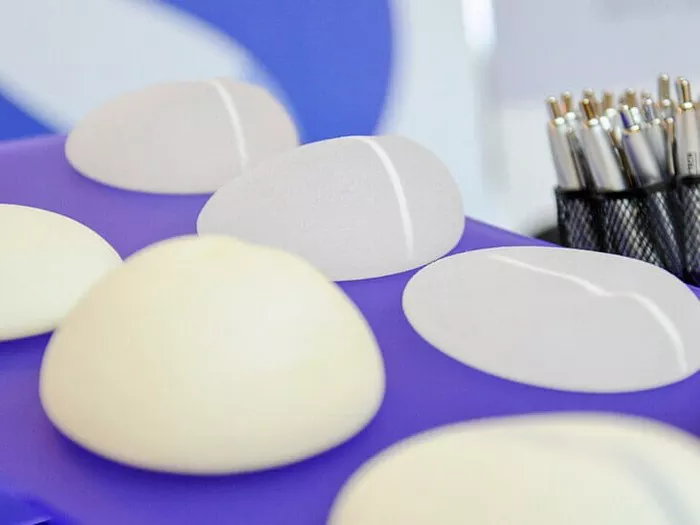Breast augmentation is a popular cosmetic surgical procedure that enhances the size and shape of a woman’s breasts. As with any surgical intervention, proper post-operative care is essential for achieving optimal results and a smooth recovery. This comprehensive guide aims to provide valuable insights and tips on nursing after breast augmentation, ensuring that patients have a safe and comfortable recovery process.
Section 1: Preparing for Post-Operative Care
1.1 Consultation and Pre-Surgery Preparations
Before undergoing breast augmentation, it is crucial to have a detailed consultation with a board-certified plastic surgeon. During this consultation, patients will discuss their aesthetic goals, implant options, and potential risks. Adequate preparation involves understanding the surgical procedure, gathering post-operative care instructions, and setting realistic expectations for recovery.
1.2 Arranging for Supportive Help
In the immediate post-operative period, patients will require assistance with daily tasks. Arranging for a trusted caregiver or family member to help with household chores, childcare, and personal needs can significantly ease the recovery process.
Section 2: Immediate Post-Operative Care
2.1 Monitoring at the Surgical Facility
After the breast augmentation procedure, patients are usually monitored in the recovery area to ensure they awaken from anesthesia safely. The medical team will assess vital signs and provide any necessary pain relief medications.
2.2 The First 24 Hours After Surgery
During this critical period, patients should adhere to the surgeon’s instructions precisely. These may include keeping the dressings dry and in place, taking prescribed medications on time, and attending any scheduled follow-up appointments.
2.3 Managing Pain and Discomfort
It is normal to experience pain, swelling, and discomfort after breast augmentation surgery. Following the prescribed pain management plan, using ice packs, and keeping the head elevated during sleep can alleviate these symptoms.
Section 3: Dressings and Incision Care
3.1 Dressing Changes
The surgeon will provide specific guidelines on when and how to change dressings. Maintaining proper hygiene during dressing changes is vital to prevent infection and promote healing.
3.2 Incision Care
Keeping the incision sites clean and dry is crucial for minimizing the risk of infection. Patients should avoid submerging the incisions in water and follow the surgeon’s instructions on showering.
Section 4: Wearing Supportive Garments
The Role of Supportive Bras
After breast augmentation, patients are advised to wear a surgical or sports bra with no underwire for several weeks. These bras offer essential support, reduce movement, and aid in maintaining the desired breast shape.
Section 5: Physical Activity and Exercise
5.1 Rest and Activity Limitations
Engaging in excessive physical activity, heavy lifting, or strenuous exercises should be avoided during the early recovery phase. Resting adequately allows the body to focus on healing and reduces the risk of complications.
5.2 Gradual Return to Physical Activity
As healing progresses, patients can gradually reintroduce light exercises under the guidance of their surgeon. Walking is an excellent low-impact activity that promotes circulation and aids in recovery.
Section 6: Nutrition and Hydration
6.1 The Importance of a Balanced Diet
Eating a nutrient-rich diet plays a vital role in the healing process. Consuming adequate protein, vitamins, and minerals aids in tissue repair and boosts the immune system.
6.2 Staying Hydrated
Drinking plenty of water is essential for preventing dehydration, which can hinder recovery. Proper hydration also helps maintain healthy skin and promotes the elimination of toxins from the body.
Section 7: Avoiding Complications
7.1 Signs of Infection
It’s crucial for patients to be aware of signs of infection, such as increased pain, redness, swelling, or abnormal discharge from the incision sites. Any signs of infection should be reported to the surgeon promptly.
7.2 Capsular Contracture Prevention
Capsular contracture is a potential complication where scar tissue forms around the implants, causing discomfort and distortion of the breast shape. Massaging the breasts as instructed by the surgeon can help reduce the risk of this condition.
Section 8: Emotional Well-being
Coping with Emotional Changes
It’s normal for patients to experience a range of emotions during the recovery period. Talking to friends, family, or a mental health professional can provide valuable support.
Conclusion
Nursing after breast augmentation is a crucial aspect of ensuring a successful and comfortable recovery. By following the guidelines provided in this comprehensive guide, patients can minimize the risk of complications and achieve the best possible results from their breast augmentation surgery. Remember that each patient’s recovery may vary, and it’s essential to communicate openly with the plastic surgeon throughout the healing process. With proper care and support, patients can confidently embrace their enhanced appearance and renewed self-confidence.


